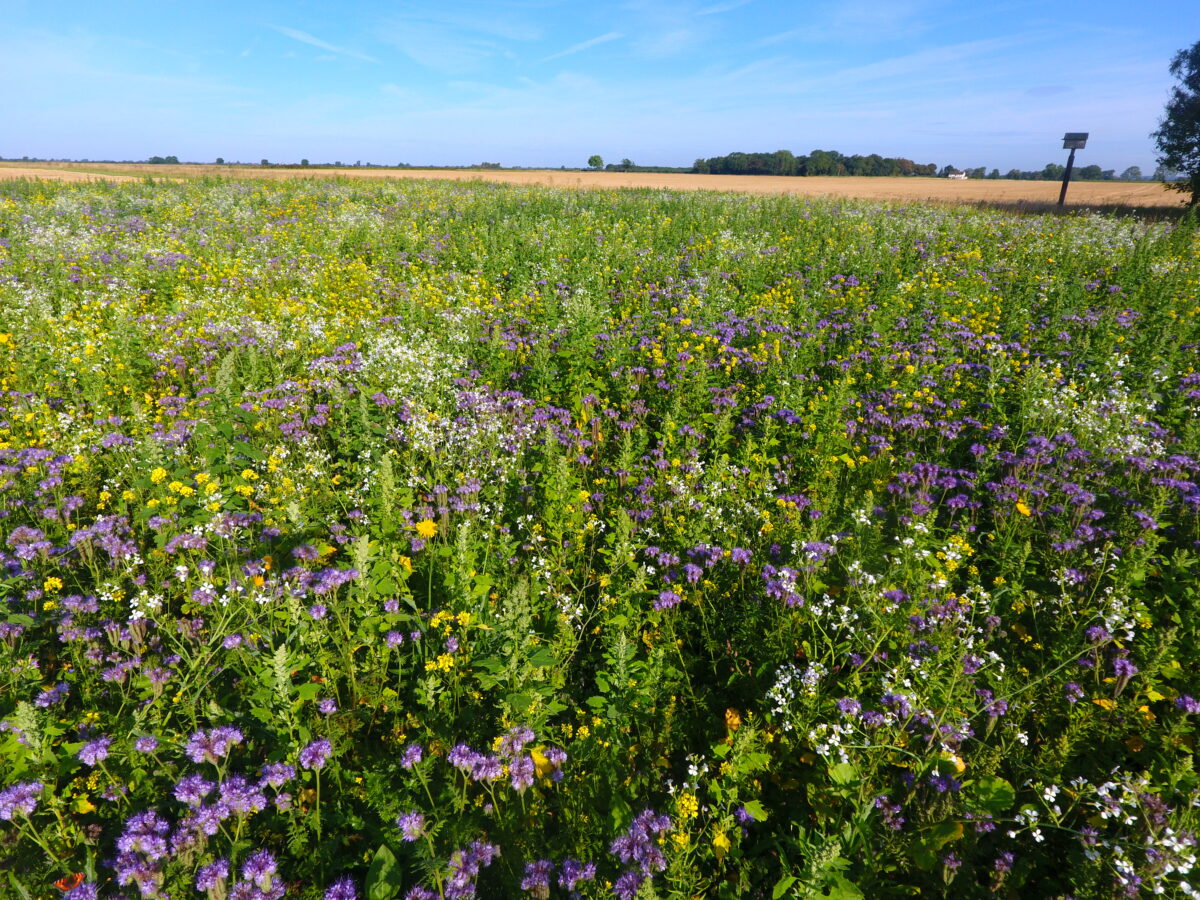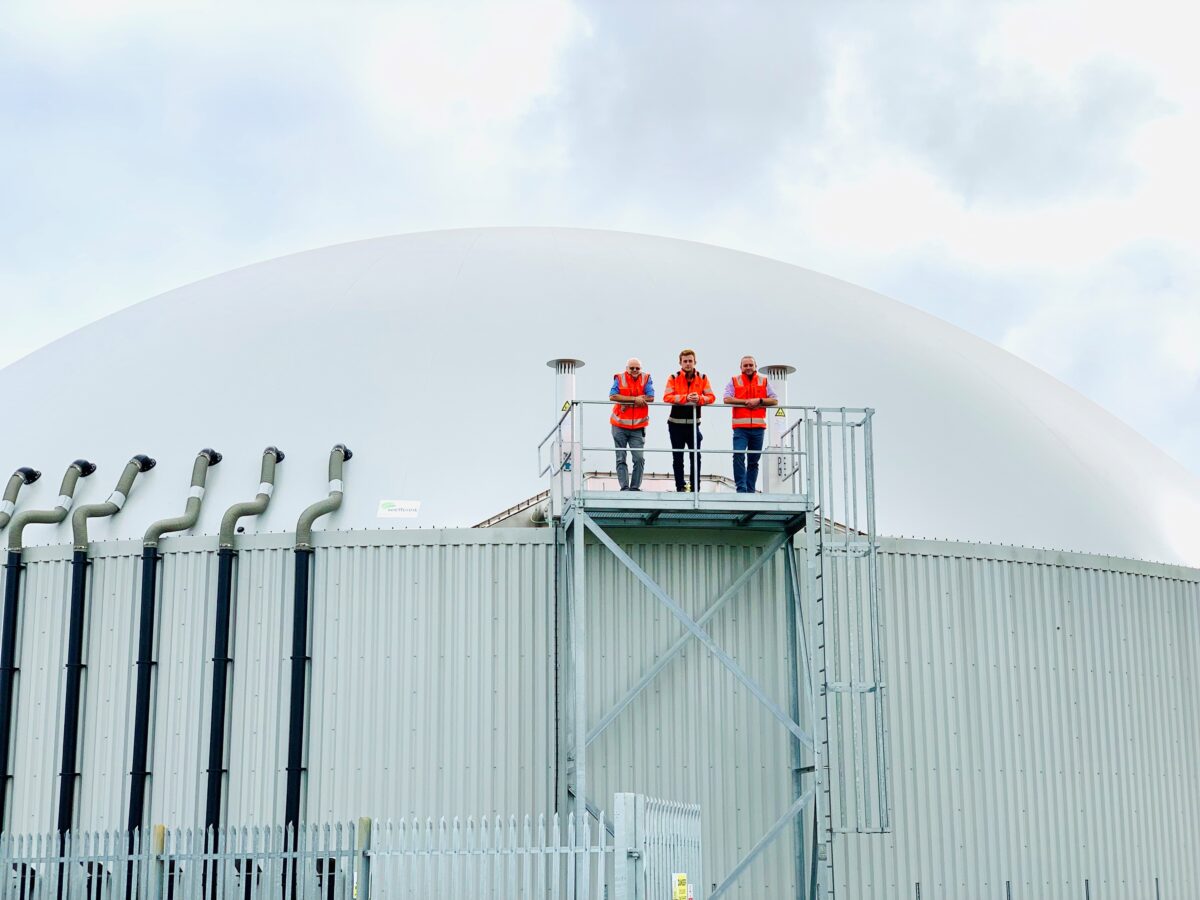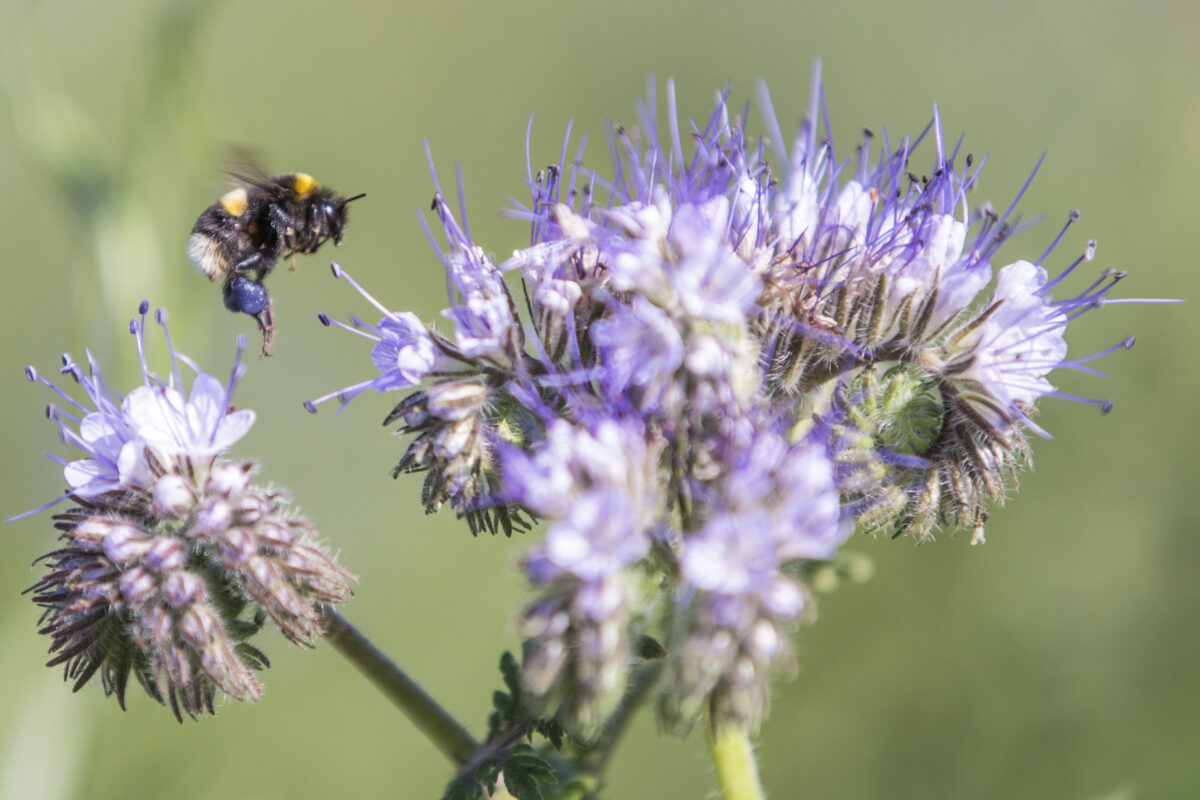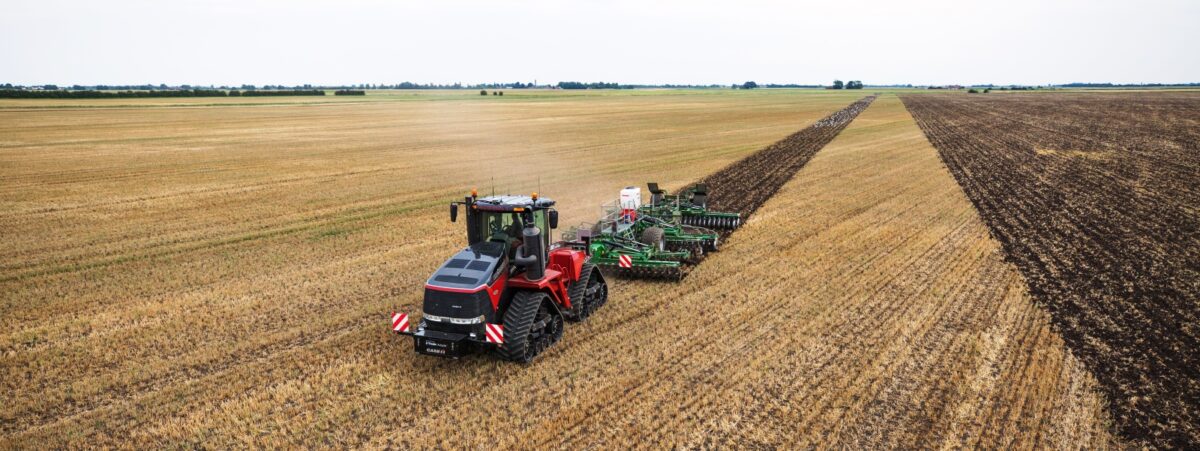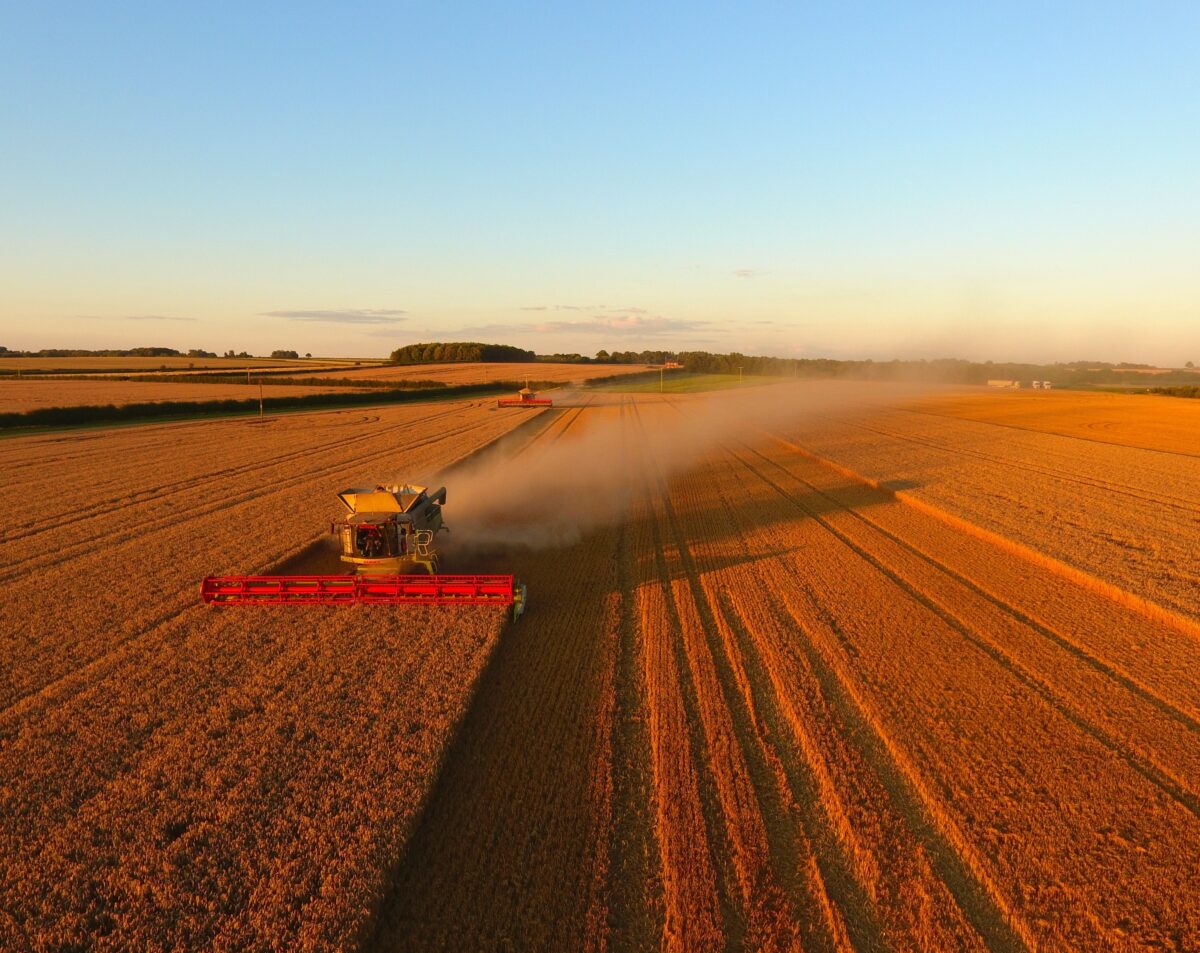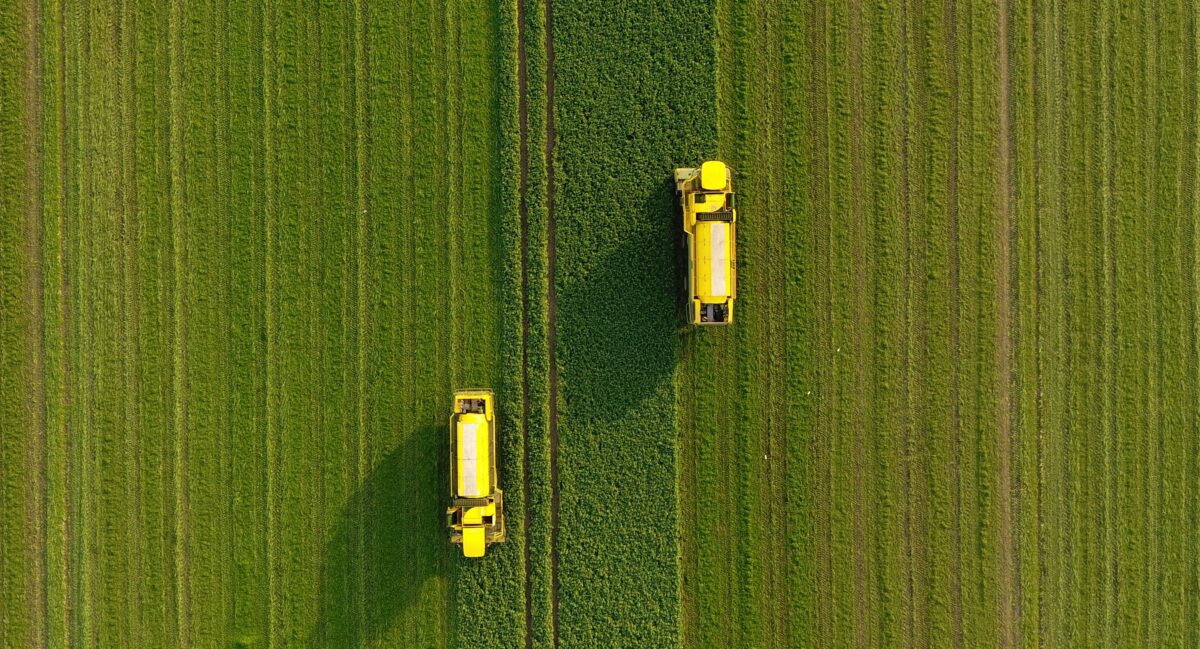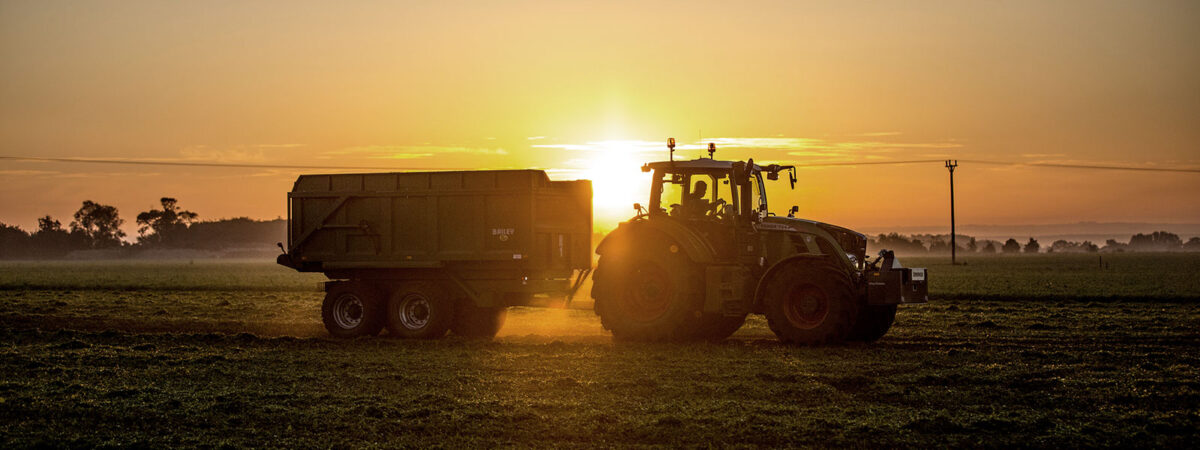Harvest 2019
2019 Harvest has been a good year for crops generally. However BDFL, like others, has faced extreme weather events, the most notable being the significant amount of rain falling in Lincolnshire which damaged a large area of the vining pea crop. We continue to invest in our soils with a renewed focus on cover cropping, utilisation of organic manures as well as making advancement in precision technology to maintain output at a lesser cost, and with a lower impact on the wider environment. Cultural control of pernicious weeds such as blackgrass continues with levels of this weed low, and in the main controllable by rotation and rogueing. The company was forward sold on cereals but undersold on oilseeds prior to harvest. Some observations on the yields below:
Summer forage yields are pleasing with digestate utilisation and land choice helping average yields.
Despite losing a considerable area of vining peas to flooding, the company exceeded its contract for the crop, although quality was difficult to maintain in a summer with large variations in temperature.
OSR crops are below our budget. Crop area lost to flea beetle is too high, with some crops written off in spring. In the south of England the crop has been significantly reduced or phased out.
Spring Barley yields in Lincolnshire are good with crops further south faring less well but are still close to budget. Quality is good, although delayed harvest as a result of wet weather means some samples are a bit “scruffy”.
Wheat yields are above budget for the season but some yield was lost to shedding of grain in certain varieties and a delayed harvest. 50% of the crop is grown for milling and seed the remainder feed varieties.
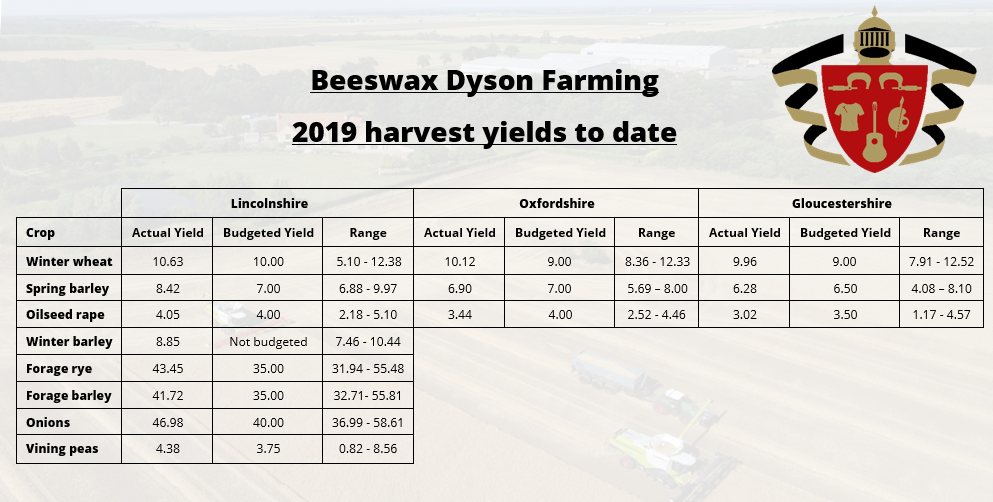
Attention now turns to potatoes, sugar beet and maize and these results will be posted after harvest.

